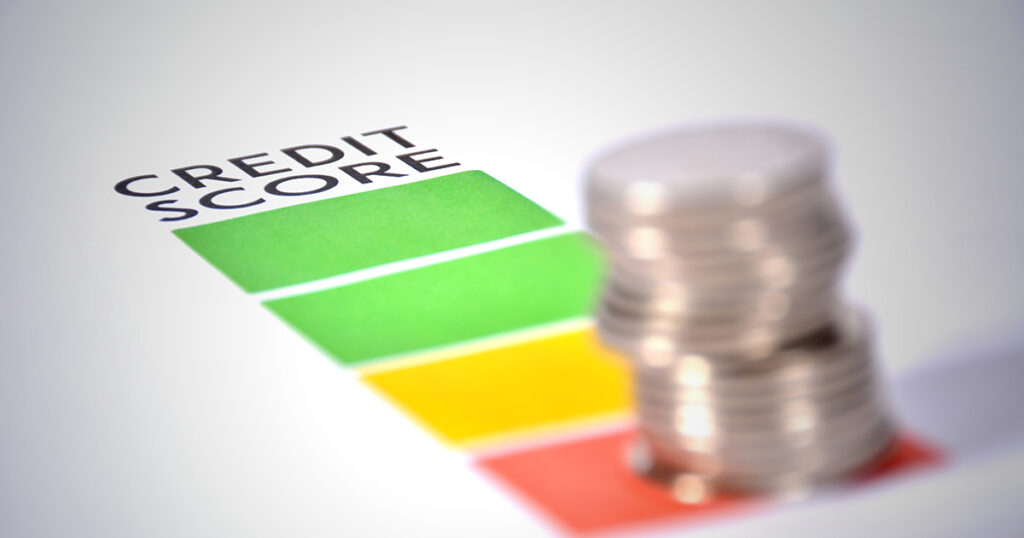Learn 10 States With The Best And Worst Credit Scores

8. West Virginia – 675
According to National Mortgage Database data, West Virginia has the highest mortgage default rate of 1.60% of all the poorest credit score states. In addition, according to Urban Institute credit data, 27% of West Virginia’s population had medical debt in collections.
9. Kentucky – 676
According to National Mortgage Database statistics, Kentucky had a mortgage default rate that was 0.20% greater than the national average. Kentucky citizens, on the other hand, performed a better job of avoiding credit card delinquency. According to Urban Institute credit data, the median amount of delinquent credit card debt in the city was $483, whereas the national median was $589.
10. South Carolina – 676
According to Urban Institute credit data, a substantial percentage of South Carolina residents—40%—had debt in collections, compared to the national average of 29%.
Methodology
The above rankings were constructed using VantageScores’ average credit ratings by state report for July 2021. To produce the rankings, we ranked the credit scores by state from lowest to highest.
3 Ways to Raise Your Credit Score
You can build and maintain a higher-than-average credit score no matter where you live.
Here are three options.
1. Pay all of your bills on time.
The most crucial habit to develop while developing credit is making regular payments—your payment history contributes for 35% of your FICO score. Repaying your loan on time provides positive payment history to your credit reports, which might raise your credit score.
However, if any of your debts reach 30 days past late, a creditor may report it to one of the three major credit bureaus—Equifax, Experian, or TransUnion. Once a late payment is reported, it can seriously harm your credit. It can also stay on your credit report for up to seven years, but its impact fades over time.
2. Maintain a low credit use rate.
Another crucial factor is your credit usage ratio, which is the amount of debt you have versus the quantity of credit you have available. It accounts for 30% of your FICO score. If you use the majority of your credit limit, lenders may perceive you as a riskier borrower, which might lower your credit score. To avoid this, try to maintain this ratio below 30%.
3. Examine Your Credit Reports
According to a recent Consumer Reports research, when 6,000 individuals verified their credit reports, 2,040 of them (34%) contained at least one inaccuracy. If your credit report contains erroneous negative information, it can lower your credit score. You should examine your credit reports at least once a year to discover and correct any errors.
Normally, you can check your credit reports with all three credit agencies for free once a year by visiting AnnualCreditReport.com. However, because of Covid-19, you can get your free weekly reports until April 20, 2022. If you discover any credit report mistakes, file a dispute with each credit bureau that lists them by phone, mail, or online.
Bottom Line
Although the average credit score differs by state, this has no bearing on your personal credit score. Take some of the strategies outlined above to increase your chances of establishing and maintaining excellent credit. While you may not notice immediate returns, smart credit-building practices can help you save thousands of dollars over your lifetime.


